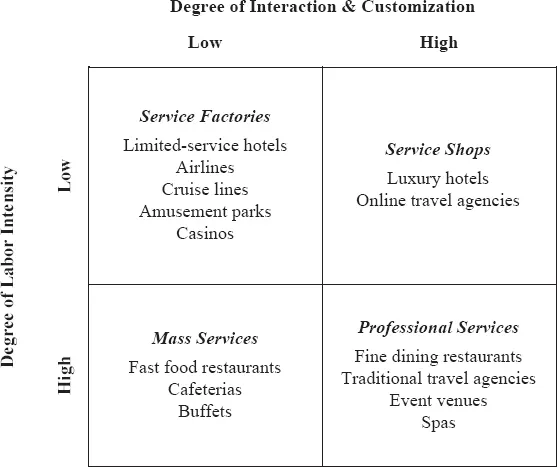
Operations Management in the Hospitality Industry
Peter Szende, Alec N. Dalton, Michelle (Myongjee) Yoo, Peter Szende, Alec N. Dalton, Michelle (Myongjee) Yoo
- 460 pages
- English
- ePUB (adapté aux mobiles)
- Disponible sur iOS et Android
Operations Management in the Hospitality Industry
Peter Szende, Alec N. Dalton, Michelle (Myongjee) Yoo, Peter Szende, Alec N. Dalton, Michelle (Myongjee) Yoo
À propos de ce livre
From restaurants to resorts, the hospitality industry demands strong operations management to delight guests, develop employees, and deliver financial returns. This introductory text provides students with fundamental techniques and tools to analyse and improve operational capabilities of any hospitality organization.
This book spans a breadth of topics critical to today's operations leaders. Each topic surveys key theories, frameworks, and industry examples, with additional depth achieved through engaging learning features.
Uniquely, the book is set out in standalone chapters that can be digested individually or together; allowing flexibility for instructors and readers seeking to learn specific subject matter. Whether a student preparing for their career, or a professional seeking tools, readers will gain valuable knowledge from Operations Management in the Hospitality Industry.
Foire aux questions
Informations
Chapter 1
Understanding Service Operations Strategy
Abstract
Learning Outcomes
- Classify services to understand common and variable managerial issues across hospitality businesses.
- Describe a hospitality service using the five dimensions of the service package.
- Articulate the service concept for a hospitality organization to develop operations strategies.
- Explain the service-profit chain for a hospitality organization.
- Formulate a strategic service vision framework for a hospitality organization.
- Identify the competitive dimensions of operations strategy for a hospitality organization.
Outline
- What Is “Service”?
- 1.1. Definition of Services
- 1.2. Dimensions of Services
- 1.3. The Service Package
- Hospitality Decisions and Processes
- 2.1. Service Concepting
- 2.2. Service-profit Chain
- The Strategic Service Vision
- 3.1. Elements of the Strategic Service Vision
- Operations Strategy for Hospitality Services
- 4.1. Competitive Dimensions of Operations Strategies
Getting Started
1. What is “Service”?
1.1. Definition of Service
1.2. Dimensions of Services
- 1) Service process;
- 2) Service nature;
- 3) Service delivery;
- 4) Service availability; and
- 5) Service demand.
